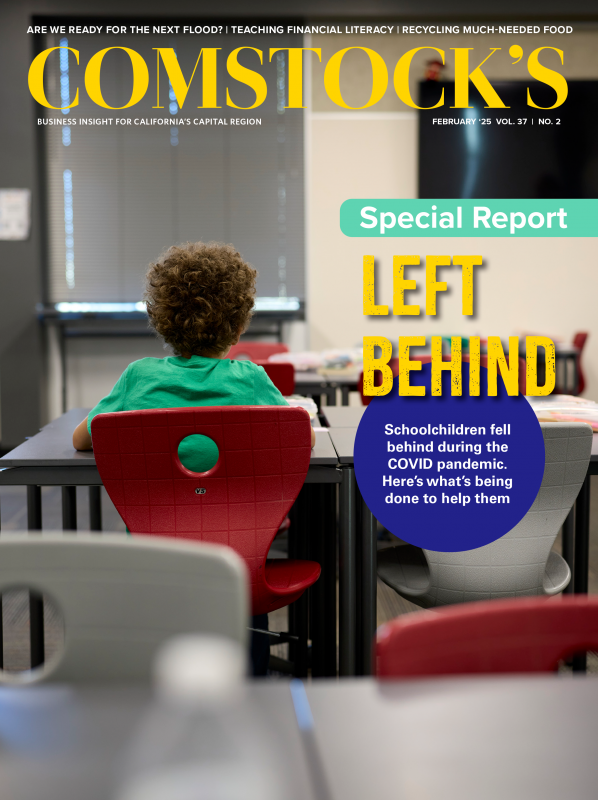This article is a sidebar to Comstock’s feature story on flood protection in Sacramento.
As bad as the flood risks are in Sacramento, they might be worse in Stockton.
Like Sacramento, Stockton has two major rivers — the San Joaquin and the Calaveras — that converge in the city. Like Sacramento, Stockton’s rivers can overflow because of winter storms and Sierra snowmelt, factors that experts say are increasing with climate change.
Stockton differs from Sacramento in one key area: the quality of its flood-protection system. Stockton’s levees haven’t received a major overhaul since the 1990s, while Sacramento’s have received widespread upgrades in the last 20 years.
“We think they’re in danger,” says Jane Dolan, chair of the Central Valley Flood Protection Board. “They’re behind on flood protection.”
Chris Elias, who until recently served as executive director of the San Joaquin Area Flood Control Agency, says Stockton’s flood risks are “possibly worse” than Sacramento’s.
“Sacramento has had billions of dollars invested in flood protection,” he says. “Stockton has not.”
The government has spent $5.5 billion on major flood-protection projects in the Sacramento area in the last two decades, according to the state Department of Water Resources. In the Stockton area, the government has spent $1.4 billion, all in the last four years.
Flood protection projects are funded by federal, state and local governments, with the majority coming from the federal government.
Residents have a voice in the process by voting on property-tax increases to pay a portion of the local share.
Elias notes that residents in his district have agreed to tax themselves for flood protection work. “That’s huge — it shows the seriousness of the threat,” he says.
Construction has started on levees on the Lower San Joaquin River and will “fortify our flood-protection system in North and Central Stockton,” Elias says.
Those areas, which include the confluence of the San Joaquin and
the Calaveras rivers, are Stockton’s highest-risk areas, he
says.
The work is half complete and expected to be done in seven years,
according to the state.
The last reported state inspections in the Central Valley, in 2022, found levees throughout the Stockton area failed to meet the standard expected under state law — protection against a 200-year flood. Most of Stockton is in the 200-year floodplain, Elias says, with the westside facing the greatest risks.
South Stockton and nearby suburbs are not receiving flood-protection improvements under the current construction work. That area has substantial risks, as evidenced by flooding in 1997 that led to non-mandatory evacuations.
When it studied what work was needed in the Lower San Joaquin River basin, the U.S. Army Corps of Engineers excluded the area known as the Mossdale Tract. The agency said such work would encourage development in a floodplain.
Parts of the Mossdale Tract are already seeing significant development. Lathrop, located at the southern end of the tract and along the San Joaquin River, was the fifth-fastest growing city in the country in 2023.
Despite federal resistance to flood-control improvements in the Mossdale Tract, state and local officials are moving forward with plans for the area and hope to convince the federal government to join them, Elias says.
The work is included in the state’s flood-protection plans, completed by the Central Valley Flood Protection Board, and the plans from the San Joaquin Area Flood Control Agency. Voters agreed to fund the local portion of the work in 2020, and assessments started last November.
“We have also continued our work with the state and USACE to complete an evaluation to determine federal interest and investment to achieve more protection for the area,” Elias says.
USACE did not respond to requests for comment.
Stay up to date on business in the Capital Region: Subscribe to the Comstock’s newsletter today.
Recommended For You
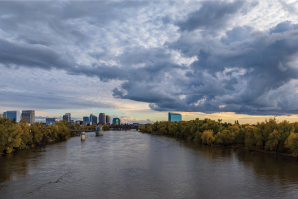
Is Sacramento Ready for the Big One?
Levees and dams are being repaired and expanded to prepare for a future flood
Climate change is increasing the strength of Sacramento’s winter storms. Higher temperatures allow atmospheric rivers to carry more water, research shows. Climate change is also jacking up other flood risks, such as sea rise and snowmelt. All this is raising the chances of catastrophic flooding in Sacramento.
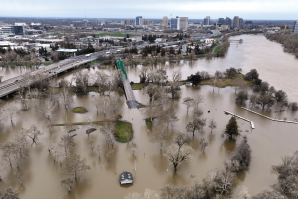
Drought and Deluge
Experts are racing to protect the Central Valley from a catastrophic flood
Unlike “The Big One” earthquake that is overdue along the San Andreas Fault, experts don’t have an ominous name for a flood of biblical proportions that is likely to inundate the Central Valley within the next 500 years.
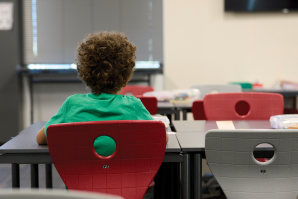
Sacramento-Area Schools are Still Grappling With Academic and Social Recovery From the COVID-19 Pandemic
Around the Capital Region, schools are still working to recover socially and academically from the COVID-19 pandemic. Test scores have been affected, as has school attendance. A new wave of behavioral issues has unfolded, too. Now, a variety of people are working to help students catch up.

What the State Is Doing to Help Education
Efforts by California’s government to help students recover from the pandemic go back to its earliest days, with the state investing more than $36 billion to deal with pandemic impacts. The funding has gone to Learning Recovery Emergency Block Grants, expanded teacher recruitment, literacy specialists and much more.
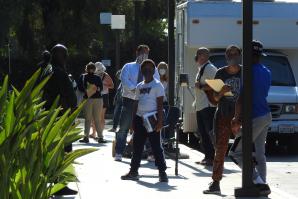
The Pandemic Made Many Parents Get More Involved in Their Children’s Education
“I think what the pandemic really did was just lift the curtain on what was taking place in the classroom and at the administration level for parents to see,” says Justin Caporusso, a Roseville father of four and owner of Caporusso Communications. “A lot of parents saw how much time was spent on classroom management, behavior and really how little time was spent on kind of overall education.”

New Year, New Administration. What Can We Expect?
The Capital Region’s economy in the first half of 2025 should be unspectacular but steady, forecasters say
The apocalyptic tenor of the recent election made it seem disaster was inevitable no matter who won. But at least on the economy, the first half of 2025 should be a sigh of relief, letting most businesses stick to small ball.
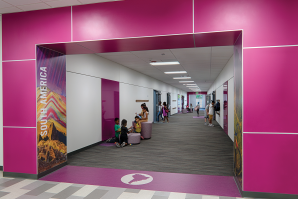
Architects Respond to the Growing Population of Minority, Immigrant and Refugee Students With Culturally Sensitive Design
The influx of immigrants and refugees from a multitude of different countries has created an opportunity and a challenge for Capital Region architects to design educational spaces with greater cultural sensitivity that provide a sense of belonging for new students and families.

What’s on the Horizon for California’s Public Lands?
With less funding in the current budget, the management of public lands is likely to change substantially, and this may have massive and unforeseen consequences for Californians.

The Power and Potential of Seaweed
From keeping oceans healthy to being used as an alternative to plastics, researchers believe seaweed has a multitude of uses
Nearly 2,000 miles northwest of Sacramento, Matthew Perkins rode a boat out into the Gulf of Alaska and saw nothing but endless potential for growth. “It’s kind of overwhelming how much opportunity there is,” he says. “You’re on the water, snow-capped mountains in the backdrop, you look down and see this incredible biomass growing. It’s literally the bounty of nature.”

The Life-Saving Organ Trail
How new technology is helping transplant centers send and receive organs from great geographic distances
In 2022, the United States Food and Drug Administration approved the TransMedics Organ Care System, or OCS device. Known as the “heart in a box,” this device uses normothermic perfusion to pump blood through a removed heart and preserve it for longer periods until it can be transplanted into a new person.

AI in Education: Helpful Tool or Sinister Danger?
Most college professors are wary of it, but others embrace it as a learning advantage
All around the world, academic institutions, from the renowned online Khan Academy through to leading research universities, are grappling with the extraordinarily rapid rise of artificial intelligence systems capable of generating human-like responses to complex questions.




